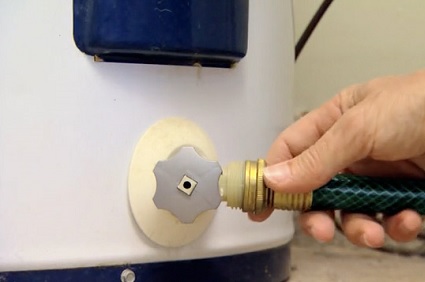 This home maintenance is a timely one. Your hot water heater accumulates sediment from your water source. That’s right water that flows through your home has other minerals in it. This is not to say that your drinking water is not safe.
This home maintenance is a timely one. Your hot water heater accumulates sediment from your water source. That’s right water that flows through your home has other minerals in it. This is not to say that your drinking water is not safe.
Water that flows through your home undergoes a filtration and chlorination process before it reaches your home, however not every mineral can be eliminated through these processes. If you do not periodically flush your hot water heater, the sediment will keep building up within the hot water heater. This can cause the water heater to work harder to heat the water making your hot water heater inefficient and it can cause damage to the tank and piping itself causing a breakdown of the entire system. A break down means cold showers for everyone. It is important to flush the hot water heater annually so that you can keep the sediment from accumulating in the base of the hot water heater. The removal of sediment will keep the unit efficient and help it last longer before a replacement is required.
Draining your hot water heater
For this maintenance task, it is recommended that you consult the owner’s manual for your specific hot water heater. The manual can show you the proper instructions and process to flushing your particular hot water heater.
The majority of homes have electric hot water heaters or gas hot water heaters and there a number of safety precautions you should take depending on which one you have when deciding to flush the hot water heater. Turning off electricity, water, and gas lines while performing this process is a good idea. You can turn everything back on when you are finished with this process.
Using a garden hose as your primary tool for this task, connect the hose to a valve on the hot water heater and run it to an outside drain or to the front of your home. The trick is to move the sediment away from your home. For more maintenance tips, visit HomeZada’s maintenance library.

